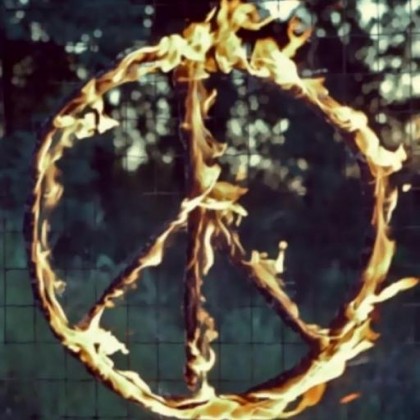Dropping the Bomb: A Historiographical Review of the Most Destructive Decision in Human History
By Derek Ide | The Hampton Institute | June 19, 2014 The historiography of the atomic bomb can be roughly categorized into three camps: traditionalists, revisionists, and middle-ground “consensus” historians. [1] Traditionalists, also referred to as orthodox[2] historians and post-revisionists, studying the atomic bomb generally accept the view posited by the Truman administration and articulated […]


